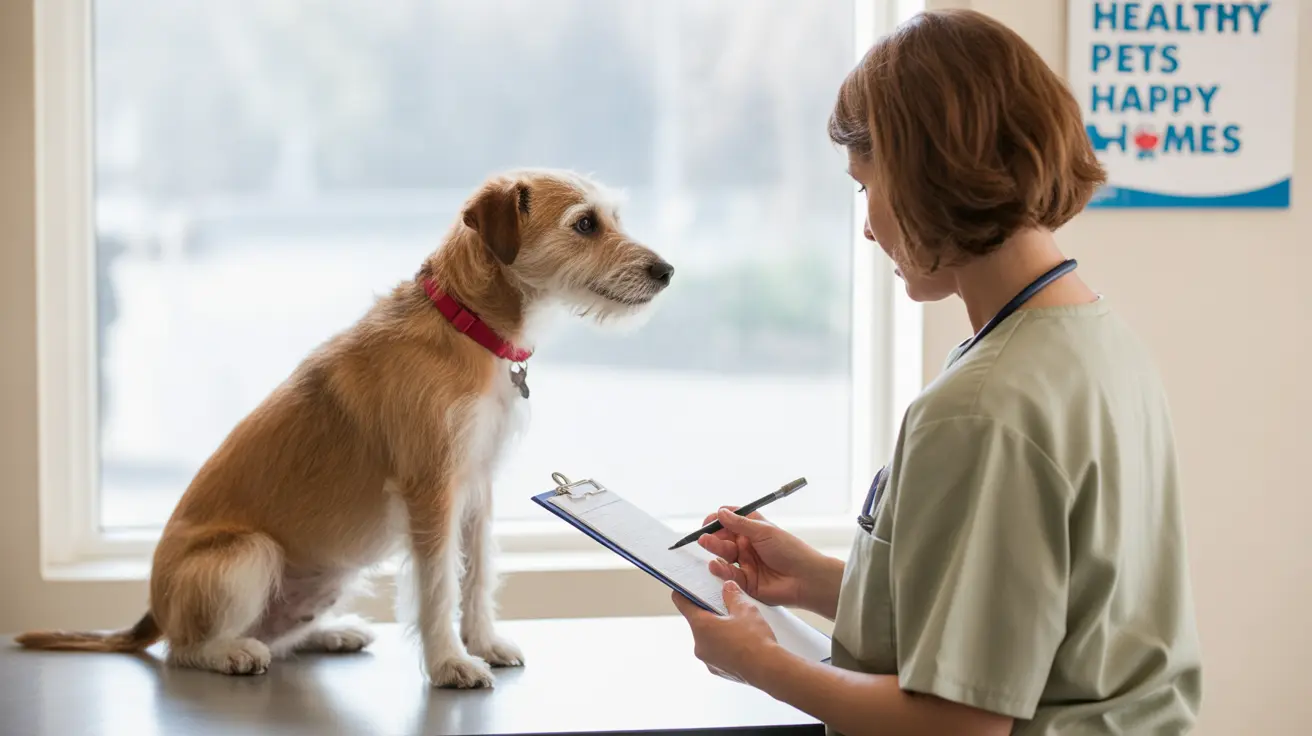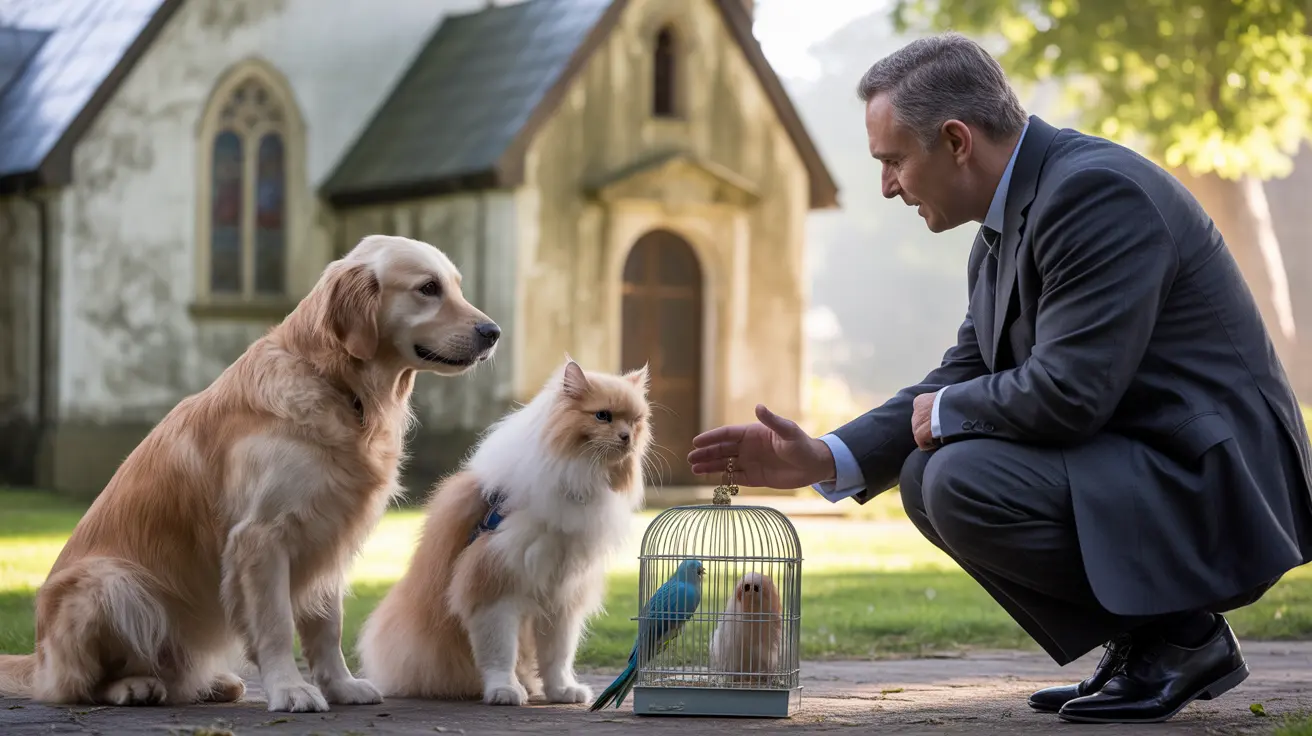If you're a cat owner, you've likely experienced the peculiar moment when your feline friend presents their posterior directly to your face. While this behavior might seem odd or even rude to humans, it's actually a complex form of communication deeply rooted in feline social dynamics and natural instincts.
This article will explore the fascinating reasons behind this common cat behavior, helping you understand why your cat's unusual greeting is actually a compliment and a sign of deep trust.
The Science Behind Feline Posterior Presentations
Cats communicate primarily through scent, and their bodies are equipped with specialized scent glands, including those located near their tail area. These glands produce pheromones – chemical signals that cats use to convey information about themselves to other cats and trusted companions.
When your cat presents their rear end, they're actually sharing their unique chemical signature with you, marking you as a trusted member of their social group.
Trust and Social Bonding: A Feline Perspective
In the wild, cats only expose their vulnerable areas to those they completely trust. By turning their back to you and presenting their posterior, your cat is demonstrating absolute confidence in your presence.
This behavior mirrors how cats interact with other trusted felines in their social group, making it a significant gesture of acceptance and inclusion in their inner circle.
The Mother-Kitten Connection
This behavior has roots in kittenhood, where mother cats clean their kittens' posterior regions as part of essential grooming and care. As a result, cats associate this type of presentation with comfort, safety, and familial bonds.
When your adult cat shows you their rear end, they're recreating this nurturing dynamic, viewing you as a trusted caregiver figure.
Proper Responses to Your Cat's Greeting
Understanding how to respond appropriately to this behavior helps maintain positive relationships with your feline companion. While you don't need to reciprocate in kind, acknowledging their greeting with gentle pets, especially around the base of their tail, reinforces the bond they're trying to establish.
If the behavior makes you uncomfortable, simply redirect their attention or shift your position without showing negative reactions, which could damage the trust they're expressing.
Signs of a Happy, Confident Cat
When your cat presents their posterior, look for these accompanying positive body language signals:
- Upright, relaxed tail
- Soft, forward-pointing ears
- Gentle purring
- Relaxed body posture
- Slow blinking
These signs together indicate a content cat expressing genuine affection and trust.
Frequently Asked Questions
Why do cats put their butt in my face as a sign of trust and affection?
Cats present their posterior as a sign of trust because it makes them vulnerable. This behavior indicates they feel completely safe with you and consider you part of their trusted social group.
How does a cat's butt presentation relate to their natural communication with other cats?
In feline social groups, cats greet each other by sharing scents through their posterior regions. When they present their butt to you, they're treating you as they would another trusted cat, sharing their identifying scent markers.
What does it mean when my cat raises their butt while being petted?
This response, known as "elevator butt," is a positive reaction indicating your cat enjoys the attention and wants you to continue petting them, particularly at the base of their tail where they have sensitive nerve endings.
How should I respond when my cat sticks their butt in my face?
The best response is to accept the compliment with gentle petting or verbal acknowledgment. You can also softly scratch the base of their tail or simply continue what you were doing, showing you accept their greeting.
Why do some cats use their scent glands near their tail to communicate with humans?
Cats use their scent glands to mark their territory and identify members of their social group. When they present these glands to humans, they're attempting to exchange scents and strengthen social bonds, just as they would with fellow cats.
Conclusion
While a cat's posterior presentation might seem strange to human sensibilities, it's actually a meaningful gesture of trust, affection, and social bonding. Understanding this behavior helps deepen the special relationship between cats and their human companions, allowing us to better appreciate our feline friends' unique ways of showing love.






